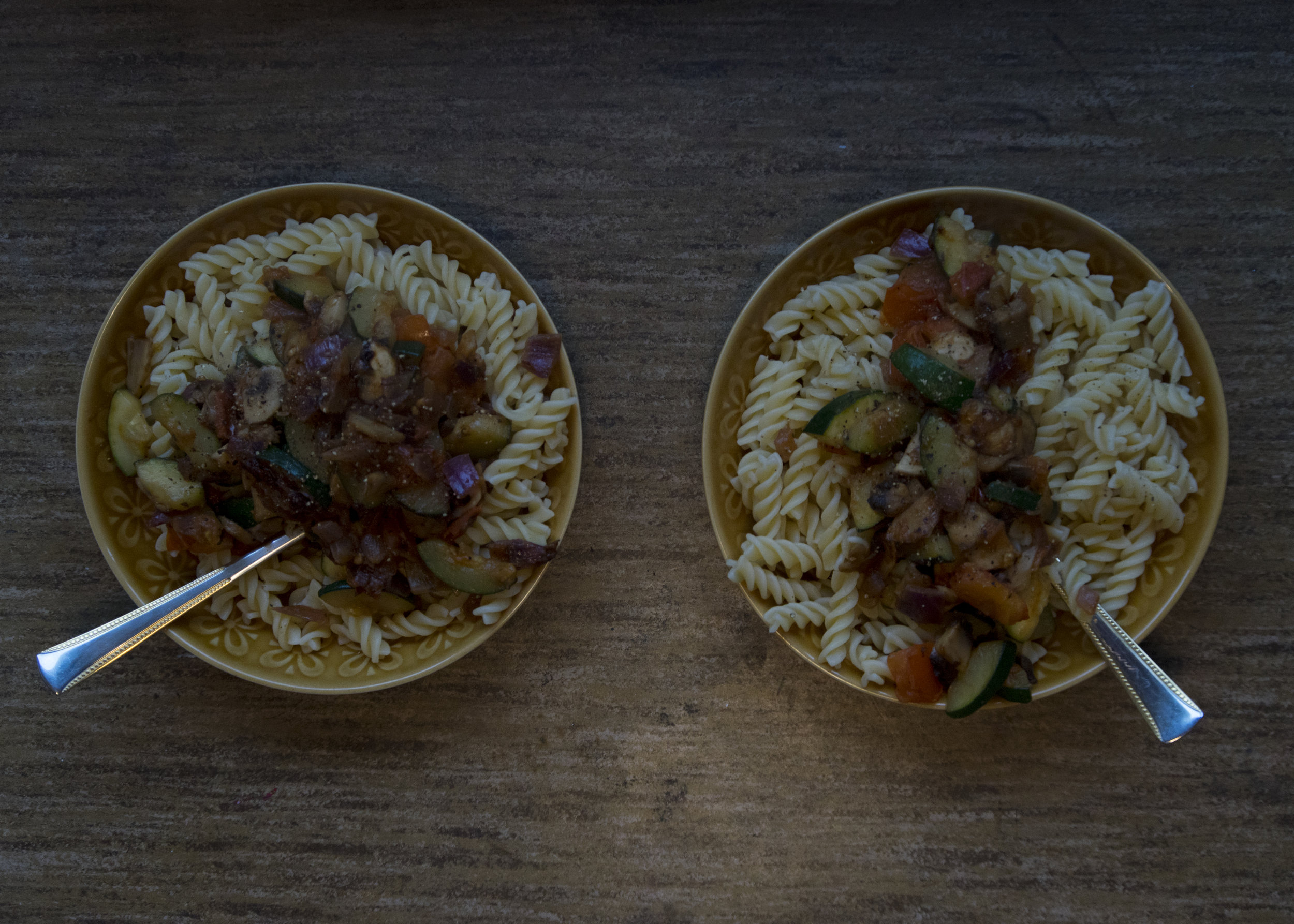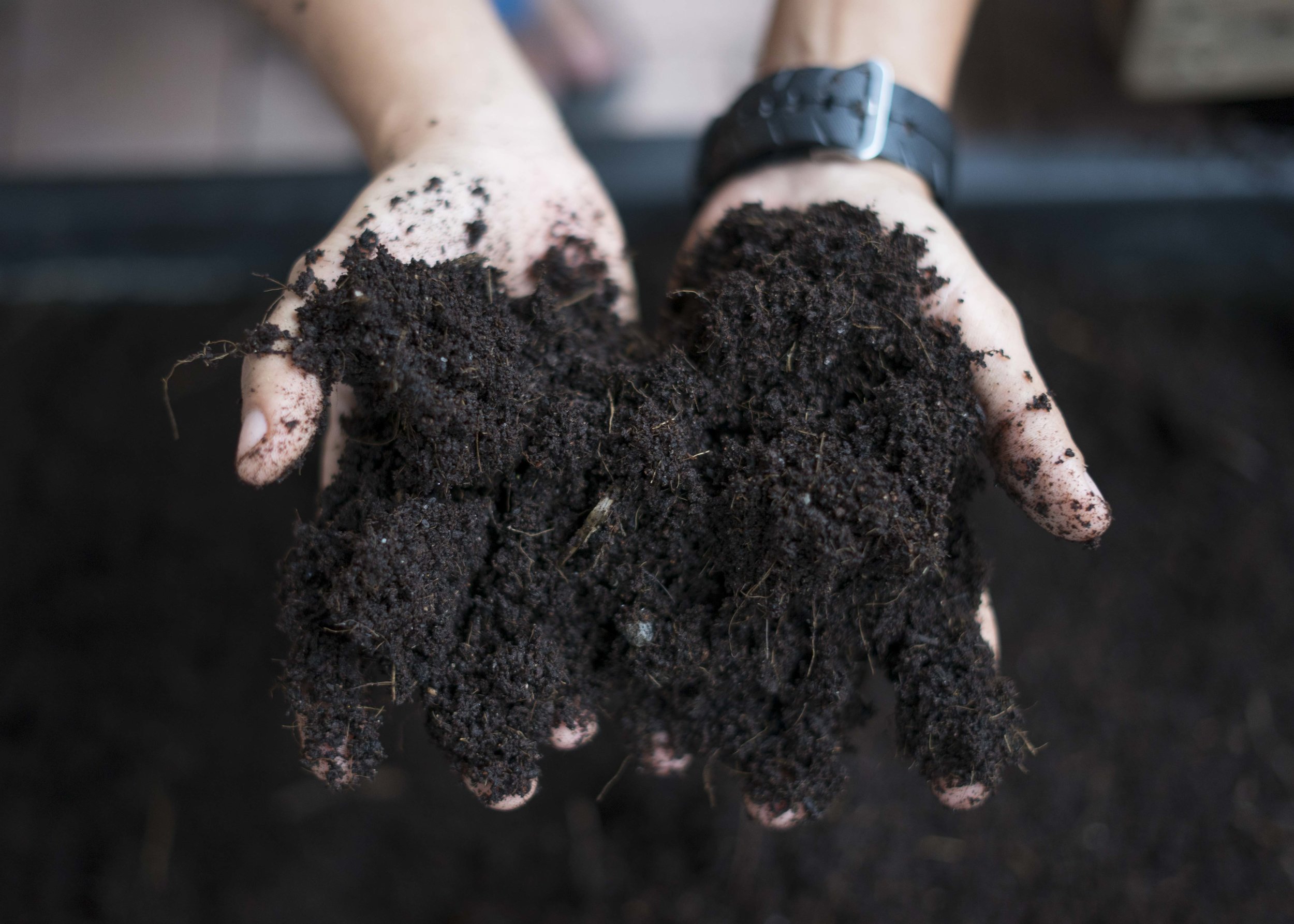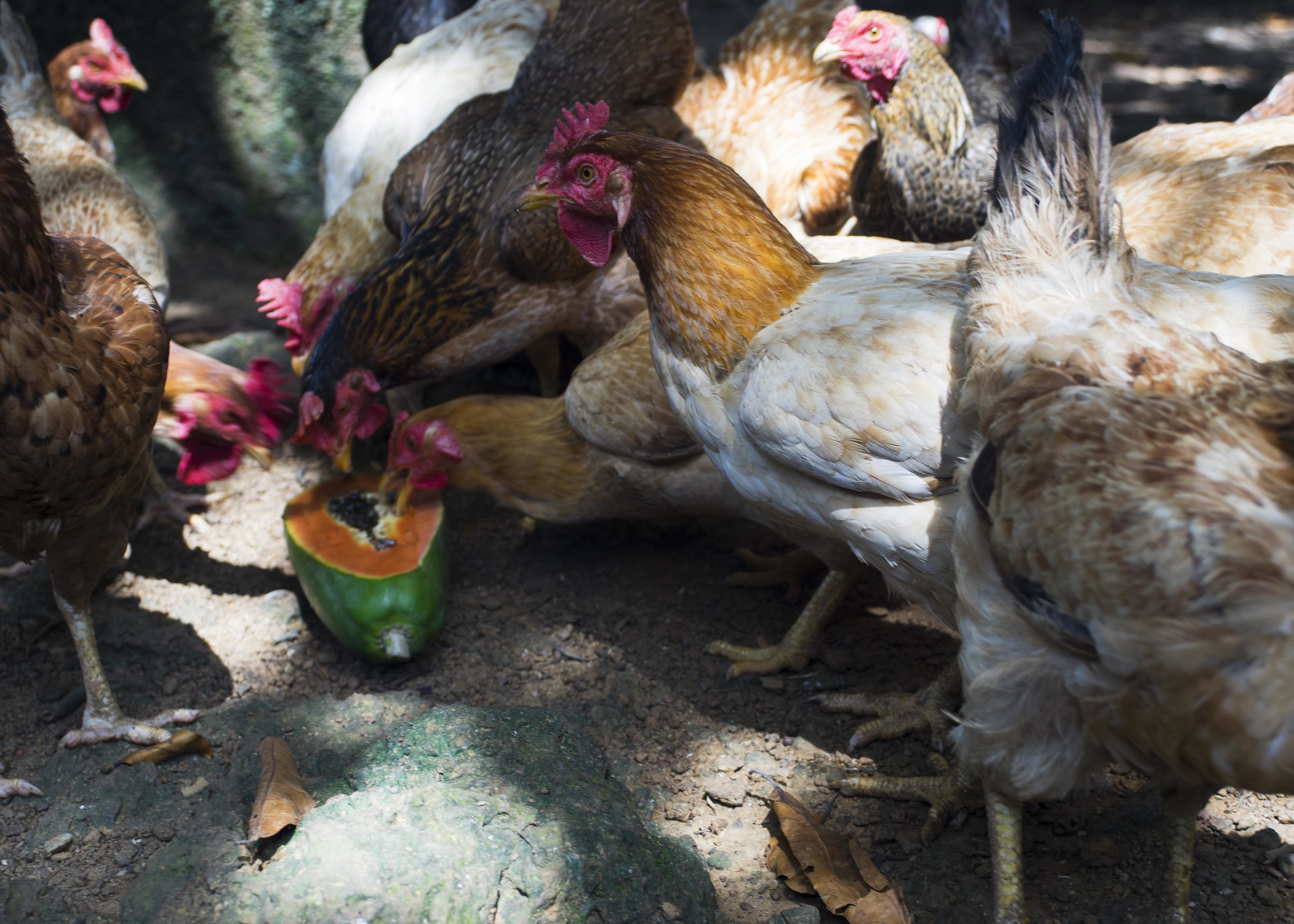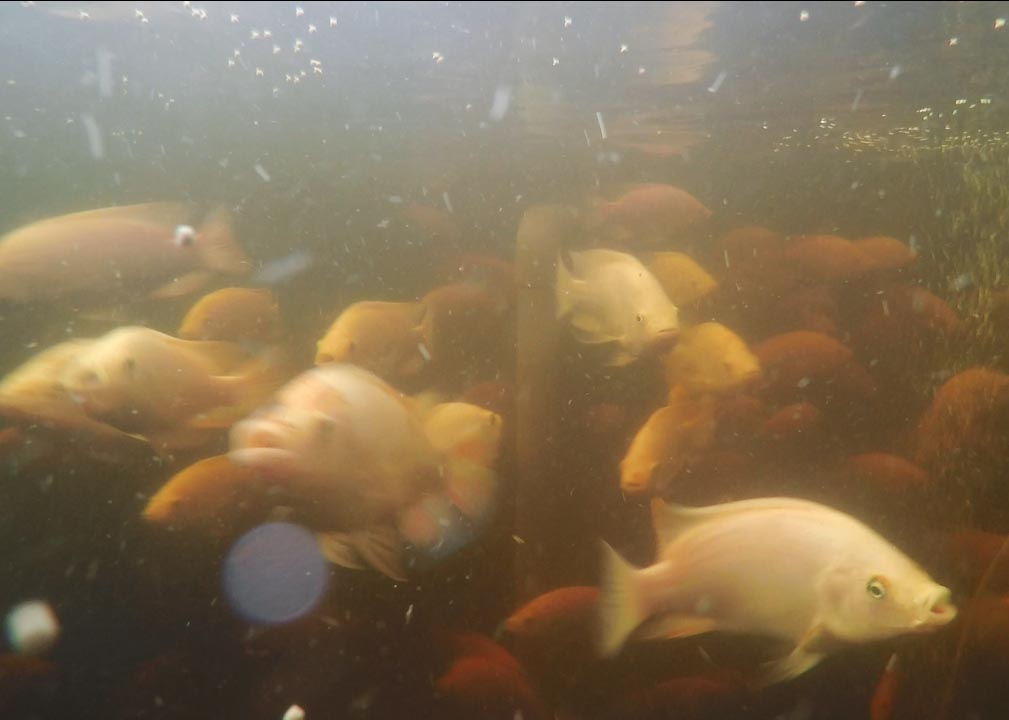Ringeståga Farm, Norway
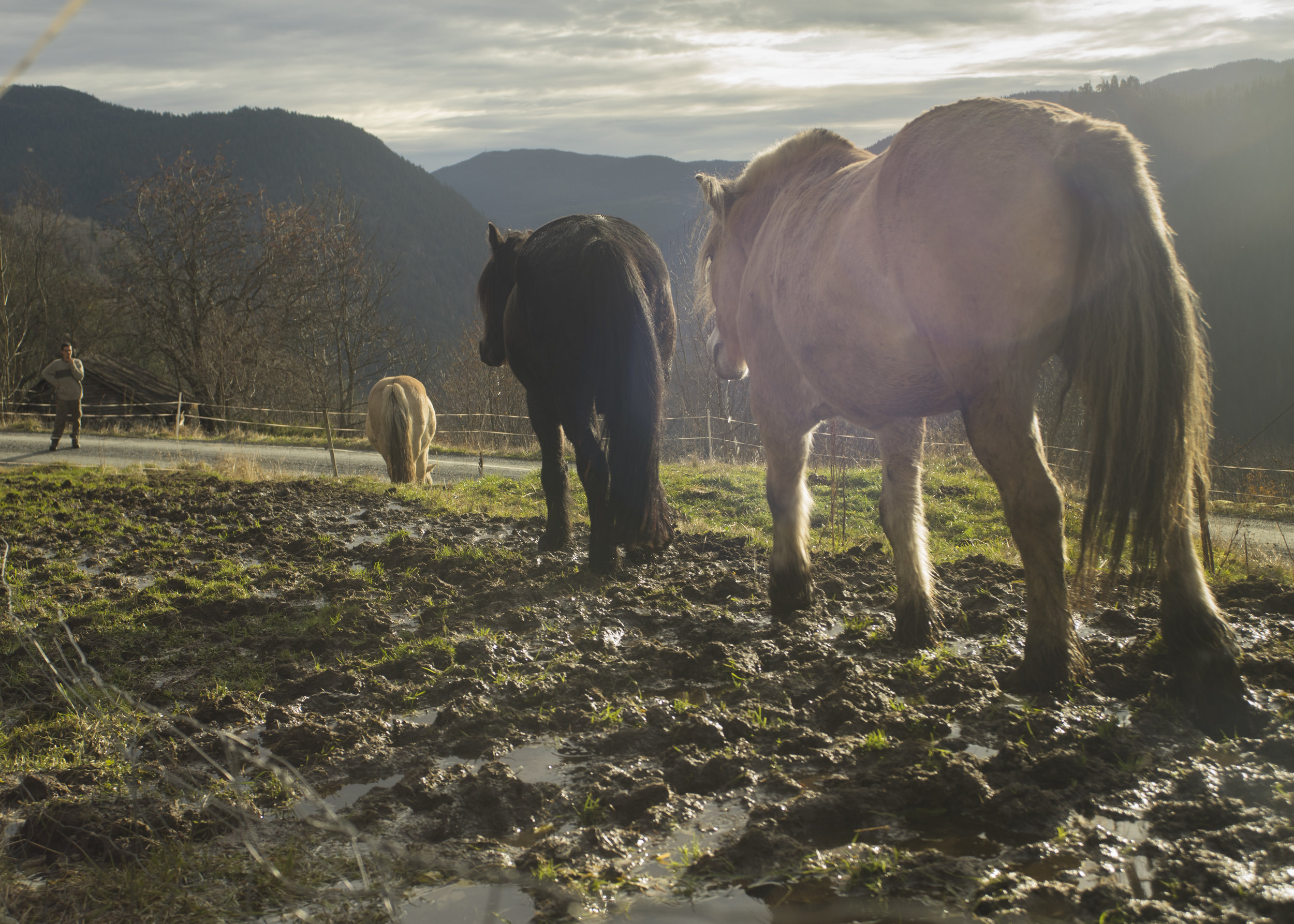
A few weeks ago, Peder and I were in Norway living with farmers Daniel and Lisa on their self-built self-sufficient farm in the mountains of Telemark. Daniel has been living a self-sufficient lifestyle since he was 17. Lisa joined him in that lifestyle when she was in her early twenties. They have two young girls, Johanna at three years old and Carly at one. Lisa is pregnant with a third child that will join the family soon. When I first walked into their house I felt overwhelmed and out of place jumping into their beautifully busy lifestyle. The next day I got to speak with both Daniel and Lisa more and began to understand their fascinating story, and values. I was shocked to hear that neither of them had grown up on a farm. When Daniel was a young 17-year-old living in Germany trying to figure out what to do with his life, the self-sufficient lifestyle seemed to him like the best way to live in nature, not harm nature, and not harm humans. Lisa used to work at a fast food restaurant in northern Norway. After seeing so many drunk people come into the restaurant and hearing about WWOOFing from a co-worker she decided to go WWOOF at a farm in Sweden for a year. That is where she met Daniel and was inspired to live a self-sufficient life with him.
Another WWOOFer at the farm, Colin, said that he appreciates Daniel and Lisa living this lifestyle because it shows others that it is entirely possible. This showing can sometimes be much more powerful than telling. They not only help others learn how to live a self-sufficient, but also are doing an amazing job at preserving historical methods of farming such as plowing with horses, hand-pressing apple juice, farming high in the mountains, and saving the local seed varieties in Telemark.
As we left the farm after only one short week I understood the importance of what Daniel and Lisa’s lifestyle is preserving. As we sat by the lake interviewing Daniel, he spoke about the importance of saving seeds and having seeds local to the environment, especially when farming in a more difficult terrain like mountains. He tried buying non-native seeds, but he couldn’t get them to grow on his farm. They were not fit for the climate and soil on his farm. We need a diversity of seeds to be able to grow food in different soils and climates. He then looked down at the grass beside our picnic table and started pointing out food. I was dumbfounded at the amount of edible food beneath my feet. “Some might be poisonous too, you have to be educated about the plants”, he said. Fresh food could be right outside of your home too or maybe it’s right beneath your feet right now.
Daniel understands that this lifestyle is not for everyone, and that is okay. He hopes to see more self-sufficient communities develop to save the seeds and cultures that are so important and actually from not too long ago. It is happening he says. His neighbours just started growing potatoes a few years ago and each year they grow a bit more. He sees more people having gardens and enjoying the delicious taste and feeling of eating local.
Have you consumed local lately? That’s one action you could take today. Back in Iowa City, my friends and I would have weekly family dinners where we would buy local food and cook a vegan meal together while jamming out to great music. Occasionally blanket forts and old VHS tapes were involved.
I don’t want help from you spreading the word about climate change. Johanna, Carly, Daniel and Lisa need your help spreading the movement of actions that are the solutions to this problem. Take action.
One evening, as I was inquiring about Daniel’s life he told me that he believes there are an abundance of ways to take action to fight climate change. Self-sufficiency is what works for him. Daniel reached up to his bookshelf and pulled out a book for me: A Good Life—John Seymor His self-sufficiency legacy by Paul Peacock. Seymor is one of the pioneers of bringing back the self-sufficient lifestyle and has an abundance of writings on it if you are interested in reading about this more on your own. Lisa loves that every day on the farm is full of different tasks than the previous day and the next day. Days involved feeding the pigs, rabbits, sheep, and puppies every morning and night; pressing apples; taking care of Johanna and Carly; cooking meals from the vegetables in their cellar; riding in a sleigh alongside Daniel and Johanna as he trained the horses to stay calm as cars passed on the road; selling juice and jam at the market; and hiking to lakes an hour away from the mountain farm. One day when Peder and I stayed home to watch the kids, Daniel and Colin went off to embrace the cycles of life and death and hand butcher four pigs.
Don’t know where to start? Here’s one idea.
Locate your local farmer’s market. Google is your friend.
Get to your farmer’s market. I always enjoy going with a buddy and making a fun event of it.
Find a booth that looks interesting and start up a conversation with a farmer. Don’t just buy something and bounce, instead actually engage with them and ask some questions you are curious about. Don’t be afraid to ask "stupid questions", all the farmers I’ve talked to really appreciate when customers like to know more about their food. I enjoy chatting about dishes they like to cook with the things I am buying as well as what unique varieties of food they have at their farm. Many small farmers grow interesting crops they sell at the market you might not be able to find anywhere else such as a new variety of apple or tomato!
Eat! When you sit down to eat this food, really enjoy it! I find that when I know the story of the food I eat, it tastes better and means more. Tell your friends about this experience, and maybe next time you go they'll want to join!
CHECK US OUT ON INSTAGRAM!







